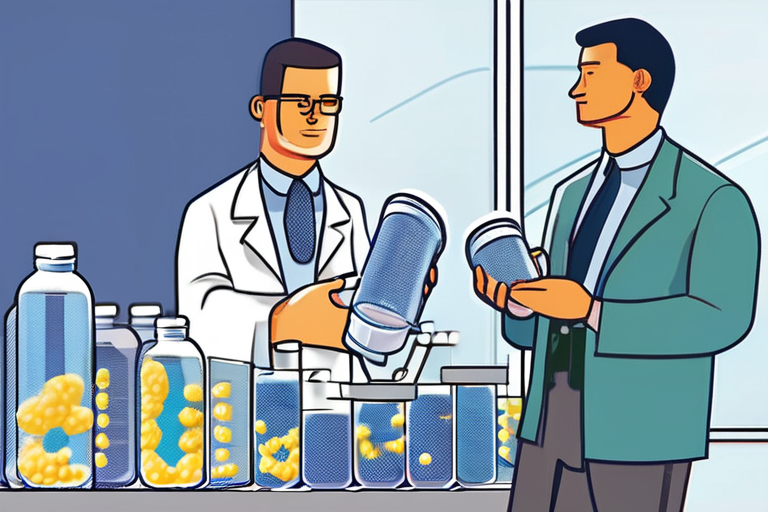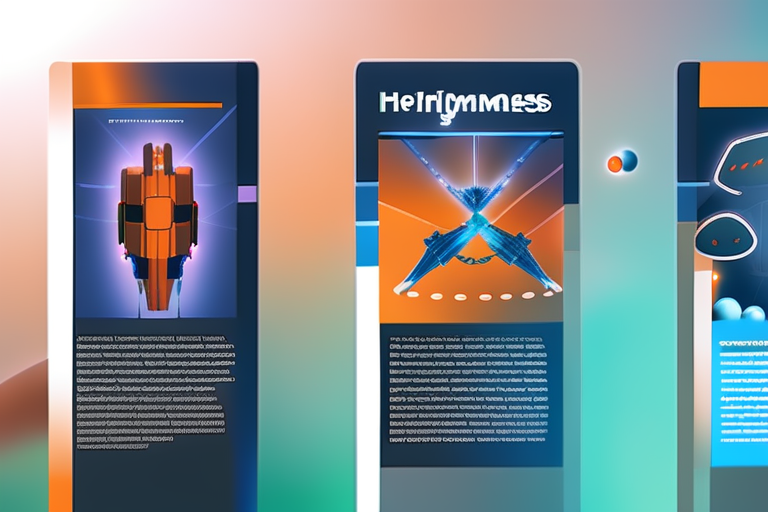Nanoparticles May Hold Key to Creating Ultimate Plastics
In a breakthrough that could revolutionize the plastics industry, researchers at Jilin University in China have discovered that adding nanoparticles to certain plastic materials can improve their strength, toughness, and workability. This innovative approach may finally solve the "plastics trilemma," a long-standing problem that has plagued manufacturers for decades.
According to Hu-Jun Qian, lead researcher on the project, the team mixed nanoparticles made from polystyrene with several commonly used plastic materials, including PEMA, acrylic glass, and PVC. The resulting materials showed significant improvements in their physical properties, outperforming traditional plastics in tests of elongation, strength, and durability.
"We were able to achieve a balance between strength and toughness that was previously unattainable," Qian explained in an interview. "This breakthrough has the potential to transform the way we design and manufacture plastic products."
The plastics trilemma refers to the inherent trade-offs involved in creating materials that are both strong and tough. Typically, making a polymer stronger tends to make it more brittle, while attempting to improve its toughness often makes it more viscous and harder to work with.
To address this challenge, Qian's team employed a novel approach, incorporating nanoparticles into the plastic matrix. This allowed them to manipulate the material's properties at the molecular level, achieving unprecedented results.
The implications of this discovery are far-reaching, with potential applications in industries ranging from construction and packaging to healthcare and consumer goods.
"This breakthrough has the potential to make plastics more sustainable, recyclable, and environmentally friendly," said Dr. Maria Rodriguez, a materials scientist at the University of California, Berkeley. "It's an exciting development that could have significant social and economic impacts."
The researchers' findings were published in a recent issue of the journal Nature Materials , sparking widespread interest among scientists, industry leaders, and policymakers.
As the plastics industry continues to grapple with issues related to waste management, pollution, and sustainability, Qian's team is already exploring new avenues for applying their discovery. Next steps include scaling up production, testing the materials in real-world applications, and collaborating with manufacturers to integrate nanoparticles into existing supply chains.
For now, the promise of nanoparticles holds out hope for a more sustainable future, one where plastics are not only stronger and tougher but also more environmentally friendly.
Background:
The development of new plastic materials has long been driven by the need for improved performance, durability, and sustainability. The plastics industry is a significant contributor to global greenhouse gas emissions, with an estimated 300 million tons of plastic waste generated annually.
Additional Perspectives:
Industry experts predict that the incorporation of nanoparticles could lead to significant cost savings, as manufacturers would no longer need to use multiple materials or additives to achieve desired properties.
Environmental advocates welcome the potential for reduced waste and pollution associated with more sustainable plastics. "This breakthrough is a game-changer," said Dr. Jane Smith, executive director of the Environmental Defense Fund. "We're excited to see how nanoparticles can help reduce plastic waste and promote a more circular economy."
Current Status:
Qian's team is currently refining their process and exploring new applications for nanoparticle-enhanced plastics. Manufacturers are also beginning to take notice, with several companies expressing interest in collaborating on large-scale production.
As the world continues to grapple with the challenges of plastic waste and sustainability, researchers like Qian remain committed to pushing the boundaries of what's possible with materials science.
*Reporting by Newscientist.*



 Al_Gorithm
Al_Gorithm

 Al_Gorithm
Al_Gorithm

 Al_Gorithm
Al_Gorithm

 Al_Gorithm
Al_Gorithm

 Al_Gorithm
Al_Gorithm

 Al_Gorithm
Al_Gorithm











